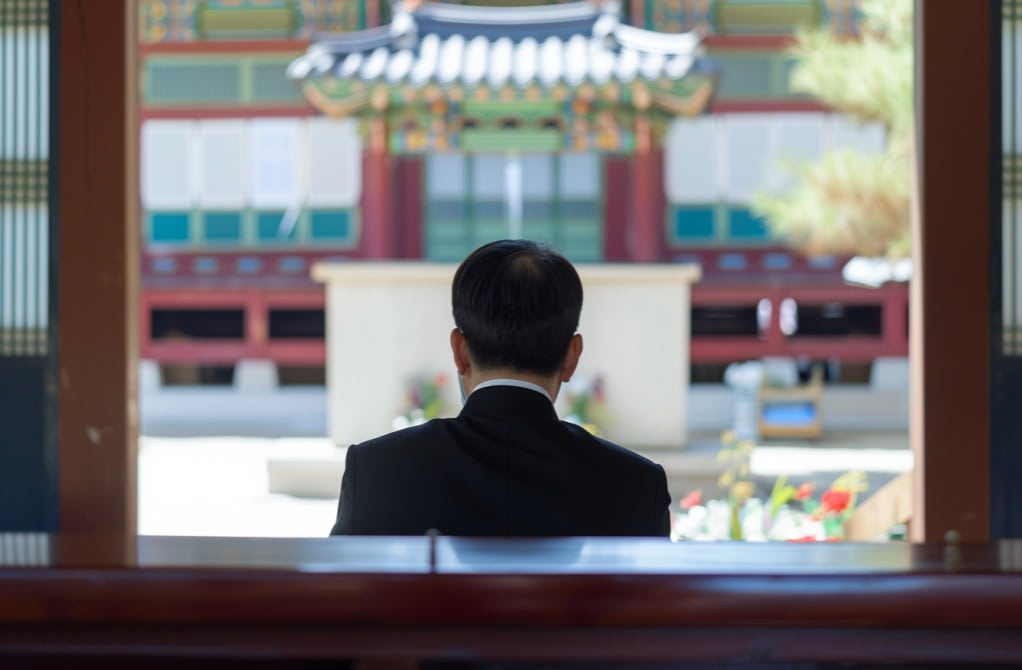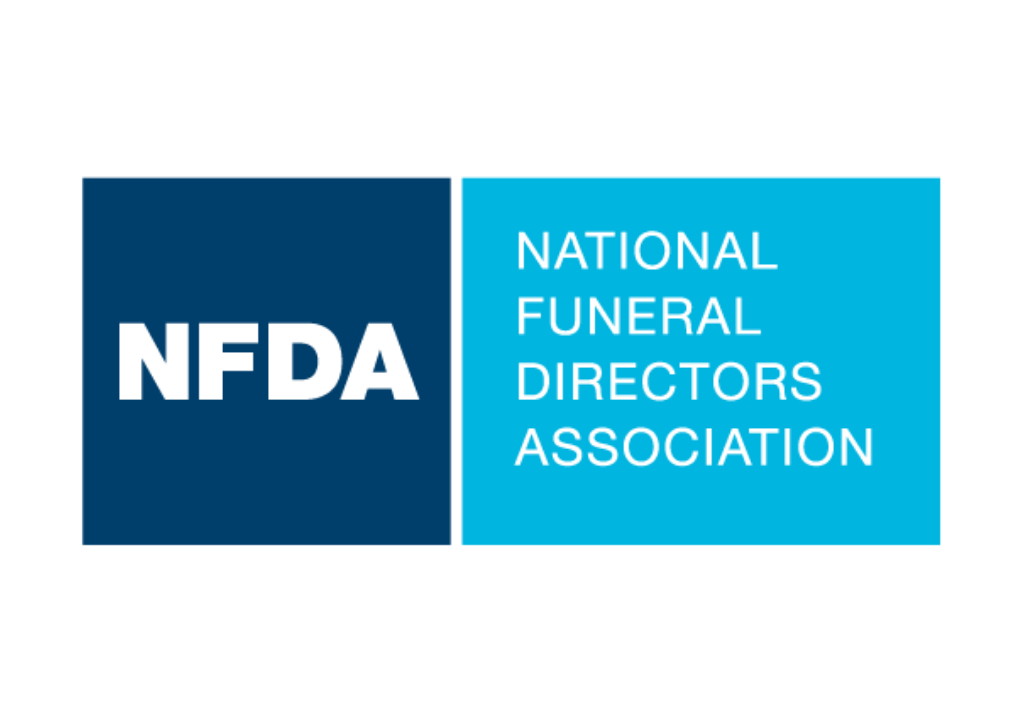How Long Does a Korean Funeral Last? A Cultural Perspective from a Korean Mortuary in Orange County, CA

Korean funerals, rich in tradition and steeped in deep respect for ancestry, are meaningful experiences that extend beyond simple ceremonies. As a Korean Mortuary in Orange County, CA, we frequently receive questions about the length and specifics of these revered services. For families wishing to honor loved ones in a manner that reflects their heritage, understanding the timeline and significance of a Korean funeral is essential.
Traditional Korean Funeral Practices: Timeline and Phases
A Korean funeral customarily spans three days, following rituals rooted in centuries-old Confucian values. The journey begins with immediate family members gathering swiftly, usually within hours of a loved one’s passing. The first day focuses on preparation, which includes washing and dressing the deceased, providing traditional mourning attire for the family, and creating an ancestor tablet.
The second day is characterized by offerings, prayers, and moments for relatives and friends to pay their respects. Mourning rituals (Jesa) during this phase are both solemn and communal, with all attendees sharing food and participating in ritual bowing to honor the deceased.
On the third day, the formal funeral service (sangrye) leads to the final sendoff, where close family members express their last goodbyes and perform ancestral rites. This carefully sequenced, three-day process supports both mourning and healing, offering numerous moments for reflection and connection.
The Role of Rituals and Family Customs in Extending or Shortening Funeral Length
While the traditional three-day schedule is widely observed, the actual duration may shift due to family custom, religious practices, or practical considerations. Some families choose to adjust timelines based on the wishes of elders or circumstances such as travel needs or health considerations. In some instances, families may incorporate elements from Christian, Buddhist, or other faiths, which can slightly modify ceremonies or extend visiting hours.
Additionally, modern Korean-American communities occasionally blend traditional rituals with contemporary practices. For example, some opt for a briefer visitation period or a single-day memorial, while still incorporating core cultural rites. This flexibility ensures the essence of the tradition is honored without imposing undue hardship on bereaved loved ones.
Essential Considerations for Honoring Cultural Heritage in Funeral Arrangements
Honoring Korean heritage in funeral arrangements involves striking a balance between tradition and the personal needs of each family. When planning these ceremonies, it’s important to discuss specific wishes with your funeral director, ensuring meaningful details—such as ancestral tablets, ritual foods, or family photographs—are included. Involving knowledgeable mortuary staff who understand Korean customs can relieve stress for families, allowing them to focus on remembrance and healing.
At our funeral home, we prioritize compassionate guidance, ceremony coordination, and supportive resources so families honor their loved ones according to cherished customs. Planning a Korean funeral is not only about following tradition but also providing a setting where family and community can say goodbye in a way that fosters comfort and peace.
Support and Guidance Throughout Every Step
From the initial call through the final moments of the funeral service, we are committed to providing expert care and cultural sensitivity to guide families. Whether you require full traditional arrangements or seek to personalize the timeline, our experience ensures each ceremony is respectful of both heritage and individual preferences.
In summary, most Korean funerals last three days, although the exact length may be adapted to each family’s wishes. As a Korean Mortuary in Orange County, CA, Sunnyside Mortuary is here to answer your questions and provide personalized, culturally respectful support. Please get in touch with us to discuss how we can help you arrange a meaningful ceremony that honors your loved one’s legacy.


